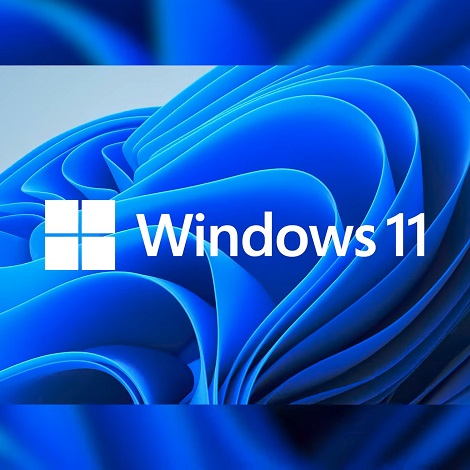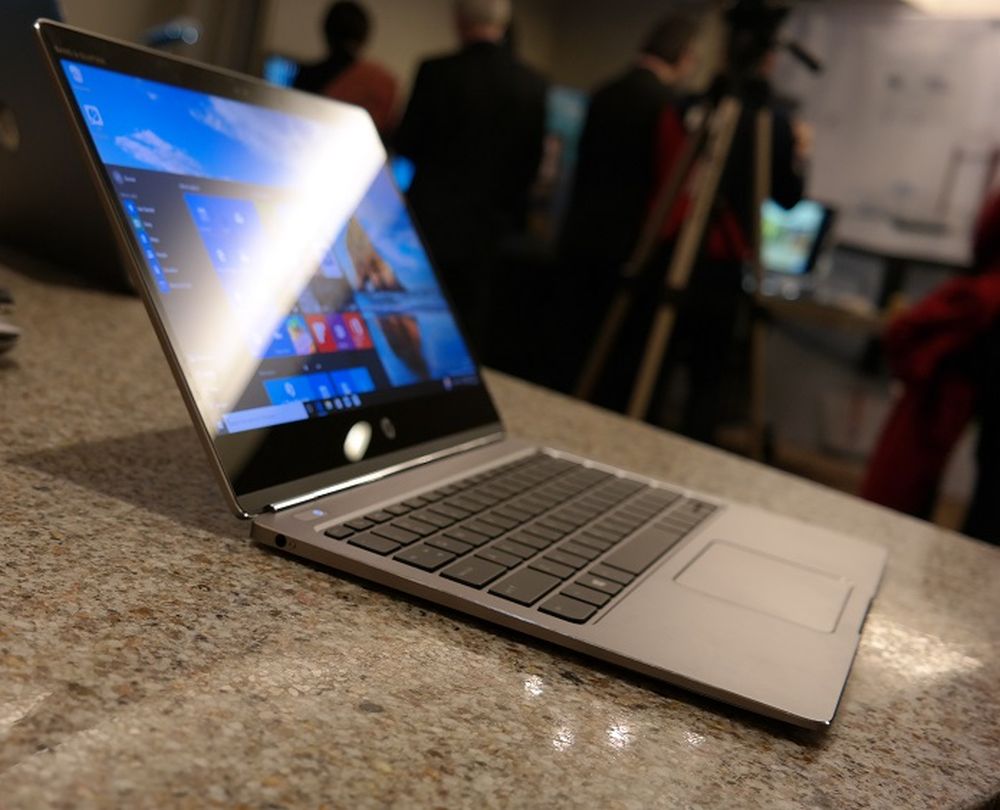

To the extent possible, class installers and co-installers should avoid basing behavior on whether they are providing an initial installation or are updating drivers for an already-installed device. If possible, obtain finish-install information from the settings of the previous installation. When upgrading a driver, class installers and co-installers should not supply finish-install pages in response to DIF_NEWDEVICEWIZARD_FINISHINSTALL unless absolutely necessary. DiInstallDevice, which installs a specified driver from the driver store on a specified device that is present in the system.įor more information, see Writing a Device Installation Application.DiInstallDriver, which pre-installs a driver and then installs the driver on devices present in the system that the driver supports.Starting with Windows Vista, installation software can also call one of the following to update drivers: Installation software can call UpdateDriverForPlugAndPlayDevices, supplying an INF file and a hardware ID, to update drivers for devices that match the hardware ID. Use the following guidelines when you write installation software and INF files that update existing drivers.
DRIVER SETUP FILE WINDOWS 10 INSTALL
Starting with Windows Vista, you can run the PnPUtil tool from an elevated command prompt to install or update the driver package for the device. Installation software for a device is run.

Note Starting with Windows Vista, this wizard is now named the Update Driver Software Wizard.

The Hardware Update Wizard is run from Device Manager. Drivers are updated whenever one of the following occurs:


 0 kommentar(er)
0 kommentar(er)
